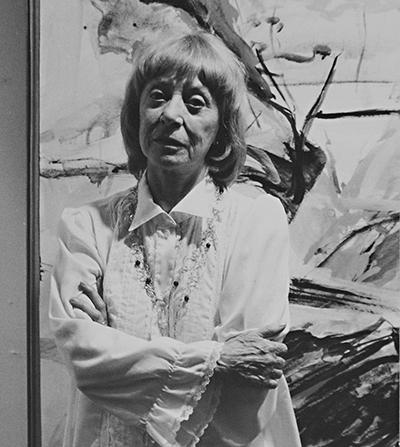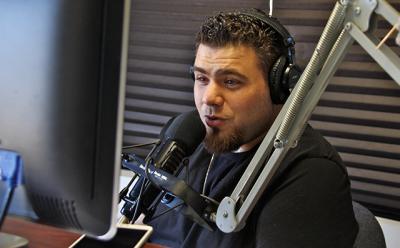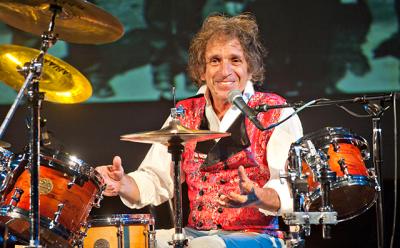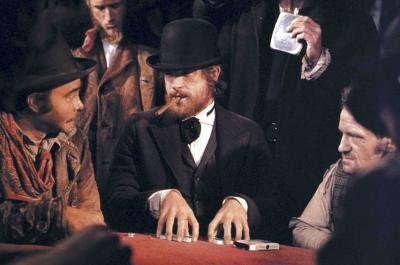Golliwogs and Gravestones Tell the Story
Golliwogs and Gravestones Tell the Story
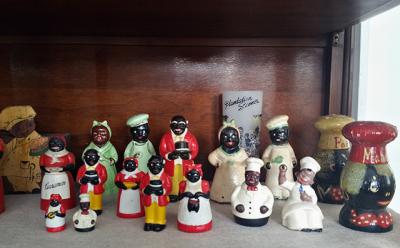
The Eastville Community Historical Society in Sag Harbor will commemorate Black History Month this weekend with a two-part exploration of African-American artifacts and memorials. On Saturday, an ongoing exhibition will open at the society’s home on Hampton Street, and on Sunday, a symposium and pop-up exhibition, presented in partnership with the Sylvester Manor Educational Farm, will take place at the Bay Street Theater.
Taken together, the events engage the question raised by Georgette Grier-Key, the historical society’s director: “How do you tell the story of African-Americans who were part of the East End communities? If you’re talking about George Washington or Robert David Lion Gardiner or even the Sylvesters, there are records dating back generations of everything they’ve done from birth to death. Normally, with African and Native Americans that were part of these communities, there is no, or very little, information.”
The Sunday symposium, “An Observance of East End African American Burying Grounds: How Is the Story Told?” includes photographs of various cemeteries in the towns of East Hampton and Southampton, organized by Donnamarie Barnes, the society’s photography conservator, and some of David Cosgrove’s mahogany carvings from headstones at local burial sites.
The panel will focus on how a history can be constructed from the observation of burial grounds, a subject that reflects the growing regional movement toward cemetery documentation and restoration. Dr. Grier-Key cited the example of Ned the manservant, who died in 1817 and whose headstone was found several years ago off Morris Park Lane in East Hampton. Since then, pieces of information about “the faithful Negro manservant of Capt. Jeremiah Osborn” have come to light.
“Information comes from the gravestones themselves,” said Dr. Grier-Key. “Sometimes it’s all you have, the names and dates of death. But we also look at historic records and documents and put this information together to try to get a picture of who these people were, how they came to be on the East End, and how they lived here. The survival of these various sites prevents the presence of these people from being erased from the history of the East End.”
Sunday’s panelists are Sandra Arnold, who is developing a national burial registry at Fordham University of enslaved African-Americans; Stephen Mrozowski, director of the Andrew Fiske Memorial Center for Archaeological Research in Boston; Zach Studenroth, Southampton Town historian; Zach Cohen of Springs, who heads a committee that oversees East Hampton burial plots, and Dr. Grier-Key.
The related exhibition, which can be previewed on Sunday from 1:30 to 3 p.m., will be followed by the discussion, with a question-and-answer period from 3 to 4:30 and a reception from 4:30 to 5:30. Tickets are $15; $10 for students, veterans, and senior citizens in advance, and $20 at the door. A cash bar will be available during the reception.
“Black Memorabilia: Images and Icons” will open at the historical society on Saturday with a reception from 5 to 7 p.m. and remain on view through April. The exhibition will include approximately 200 works from the collections of Martin A. Butler, society board member and chairman of the collections committee, and his brother, Michael A. Butler, an artist, society board member, and chairman of its cemetery preservation committee.
The objects on view range in date from the 1890s to the present. The oldest, according to Michael Butler, are the golliwogs, black characters in children’s books, usually depicted as a type of rag doll. “A lot of the items are from the 1930s and 1940s,” Mr. Butler said, “and to bring it up to date, there are some action figures, a Michael Jackson doll, a James Brown doll, and a couple of Barbies.”
Dr. Grier-Key, who organized another exhibition from the Butlers’ collections at the Suffolk County Historical Society, commented that “some people are inevitably offended, because some of these images were basically made to mock African-Americans, to make them look like savages, with dark skin and big eyes. Our viewpoint at the historical society is not to rewrite history but to teach why these images matter and to encourage people not to be ashamed of them.”
She pointed out that white people, too, have grown up with some of these images. “We’ve all had Aunt Jemima, and you still have her in your house if you eat pancakes. If you look at the evolution of her image, she originally had a scarf on her hair, she was a little darker, her teeth were whiter and probably larger. Now she wears pearl earrings and a pearl necklace, and her hair has been straightened by chemicals.”
“These images can be used to teach tolerance, to teach differences, to allow questions about race to be asked in a safe space. It is not only African-American history, it is American history, and we plan on having schoolchildren come through so we can talk to them about the importance of imagery. Some of the lessons we teach are painful, some are not. Some are high points we can celebrate, some we can’t. But it’s important to teach these different elements of our history.”
She pointed out that, unlike most historical museums, the Eastville Community Historical Society is incorporated under the state’s education law. “We’re an extension of the education system. We have to invoke these different conversations to help define who we are and where we’re going.”

